If you’re jumping into competitive Marvel Rivals, understanding the ranking system is essential to climbing the ladder and earning those epic rewards. This post breaks down how the ranking system works, from the tiers and points to special mechanics and matchmaking rules, so that you can strategize your climb to the top!
Marvel Rivals Ranks Overview
The Marvel Rivals ranking system is structured into nine distinct ranks, with most divided into three tiers (III, II, I) for incremental progression. Here’s the complete list of ranks in order:
- Bronze (III, II, I)
- Silver (III, II, I)
- Gold (III, II, I)
- Platinum (III, II, I)
- Diamond (III, II, I)
- Grandmaster (III, II, I)
- Celestial (III, II, I)
- Eternity
- One Above All
From Bronze to Celestial, each tier within a rank requires 100 Rank Points (RP) to advance to the next, meaning a full rank jump (e.g., Bronze III to Silver III) takes 300 RP. Eternity operates on a continuous point system without tiers. In contrast, One Above All is an elite rank reserved for the top 500 players at the end of each season.
Unlocking Competitive Mode
Before you can start climbing, you need to unlock Competitive Mode by reaching account Level 10. This typically takes around 25–40 matches in casual modes, such as Quick Play, depending on your performance and the number of wins.
This requirement ensures players have a basic grasp of game mechanics and hero roles (Duelist, Vanguard, Strategist) before entering ranked play.
Earning and Losing Rank Points (RP)
Progression in Marvel Rivals ranked mode hinges on Rank Points, which are gained or lost based on match outcomes. While the exact formula for RP distribution isn’t officially disclosed, community insights and available data suggest several influencing factors:
- Winning Matches: Gains RP, typically between 30 and 60 points per win.
- Losing Matches: Loses RP, often around 20 to 40 points, though close losses may deduct less.
- Performance Factors: Dominant wins may yield higher RP, and individual performance (like MVP status) might provide a slight boost.
- Opponent Skill Level: Facing teams ranked higher than you could result in more RP for a win and fewer losses for a defeat, though this is debated among players.
Winning remains the primary driver of rank progression, so consistent victories are crucial to avoid demotion.
Special Mechanics in Ranked Play
As you climb higher, Marvel Rivals introduces unique mechanics and rules to intensify the competitive experience.
- Chrono Shield: This acts as a safety net against demotion during losing streaks. When activated, it gives you a chance to break the streak without losing rank. If you lose again, the shield breaks, and demotion occurs. Losses after a break gradually recharge the shield for future protection.
- Hero Bans: Starting at Gold III (or Diamond III in some sources), teams can ban two heroes per match if all players are at or above this rank. This adds a strategic layer to counter overpowered or popular characters.
- Rank Decay: At the top ranks of Eternity and One Above All, inactivity leads to a gradual loss of RP, risking demotion. This ensures only active players maintain high standings.
Matchmaking and Party Restrictions
Marvel Rivals employs an innovative matchmaking algorithm to balance fairness and queue times. It prioritizes matching players of similar skill levels but expands the search if a game isn’t found quickly. The system considers rank, recent win-loss streaks, performance statistics, hero choice, and match history to ensure balanced games.
- Party size and rank differences are restricted to maintain competitive integrity:
- Bronze to Gold: Players can team up with friends of any rank.
- Gold I to Celestial: Team members must be within three divisions of each other.
- Eternity and One Above All: Limited to solo or duo play, with partners needing to be Celestial II or higher and within 200 RP.
Additionally, there’s no crossplay between PC and console players in ranked mode, so Xbox and PlayStation players match together, while PC players are in a separate pool.
Season Resets and Rank Distribution
At the end of each season, players are reset by six tiers, meaning you’ll start the next season lower than where you finished. This forces players to re-earn their rank, keeping the ladder dynamic. Current distribution data indicates that reaching Diamond places you in the top third of players, while Grandmaster represents the top 15%.
Rewards for Climbing the Ranks
Ranked mode offers exclusive rewards to incentivize progression, making Marvel Rivals rank boosting quite popular. These include unique skins, such as one for Invisible Woman in Season 2.5, and other cosmetics tied to specific rank thresholds. The higher you climb, the better the rewards, with additional prestige for reaching One Above All.
Tips for Ranking Up
To succeed in Marvel Rivals’ ranked mode, focus on teamwork and adaptability. Experiment with different heroes in Quick Play before entering Competitive to ensure versatility across roles. Communication with your team, especially for hero bans and strategies at higher ranks, can make a significant difference too. Finally, maintain consistency, such as win streaks, to boost RP gains, though this is speculative based on player discussions.
End Thoughts
Whether you’re aiming for Diamond or dreaming of One Above All, understanding the Marvel Rivals ranking system equips you to tackle the competitive challenge head-on. Accounts with high ranks, such as a well-earned Marvel Rivals account, can be sold for a lot, and often carry prestige and value, making the climb to the top both rewarding and rare.


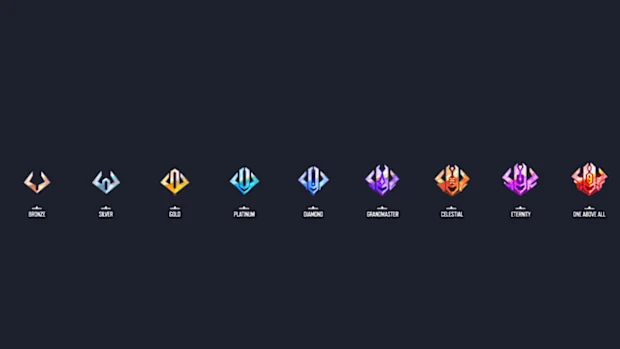
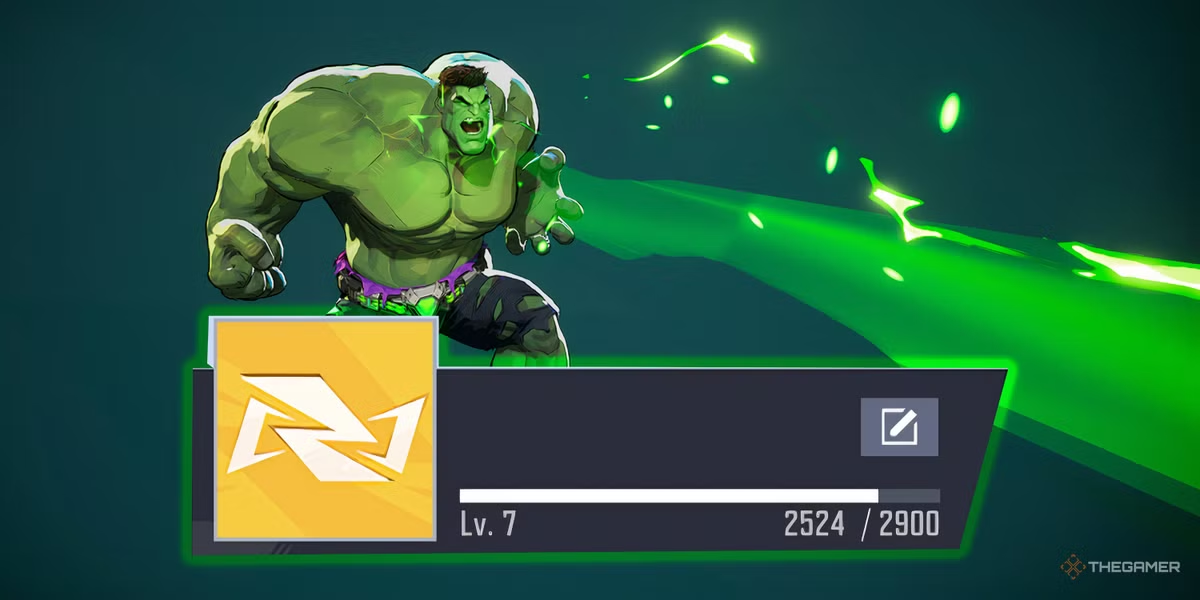
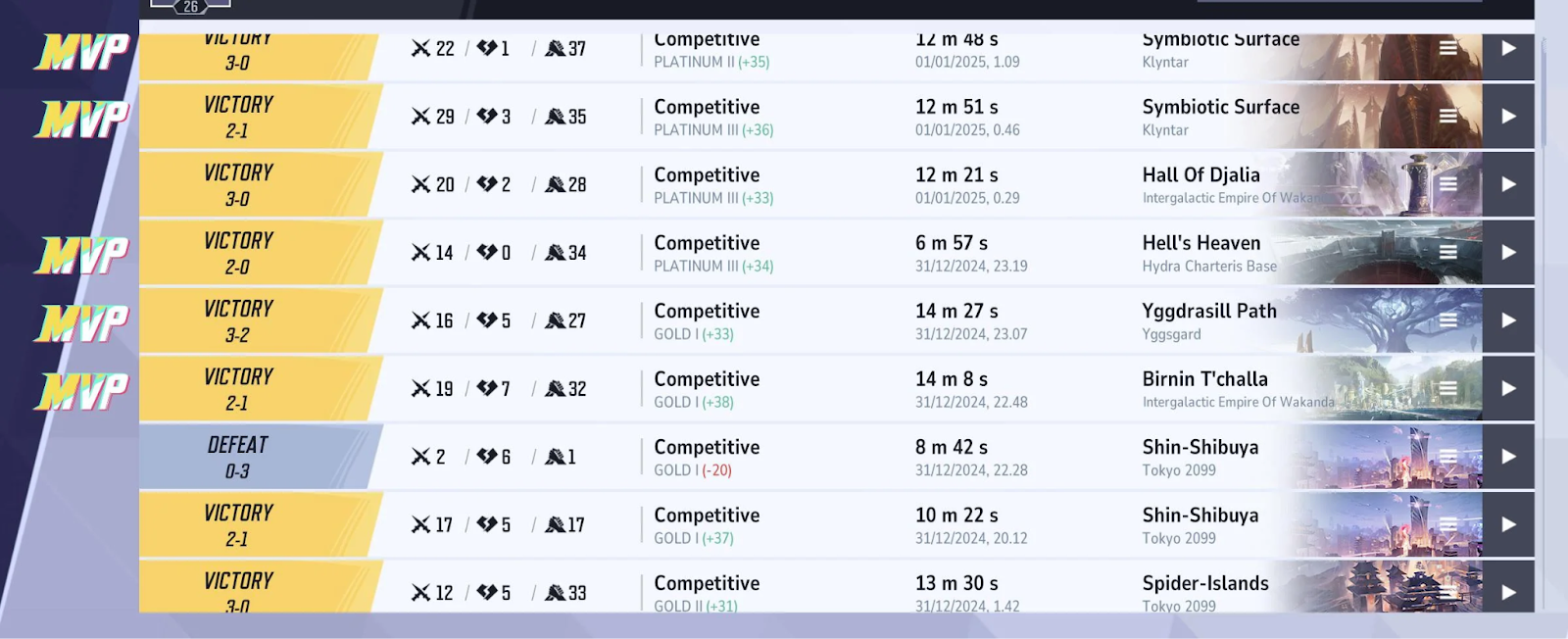
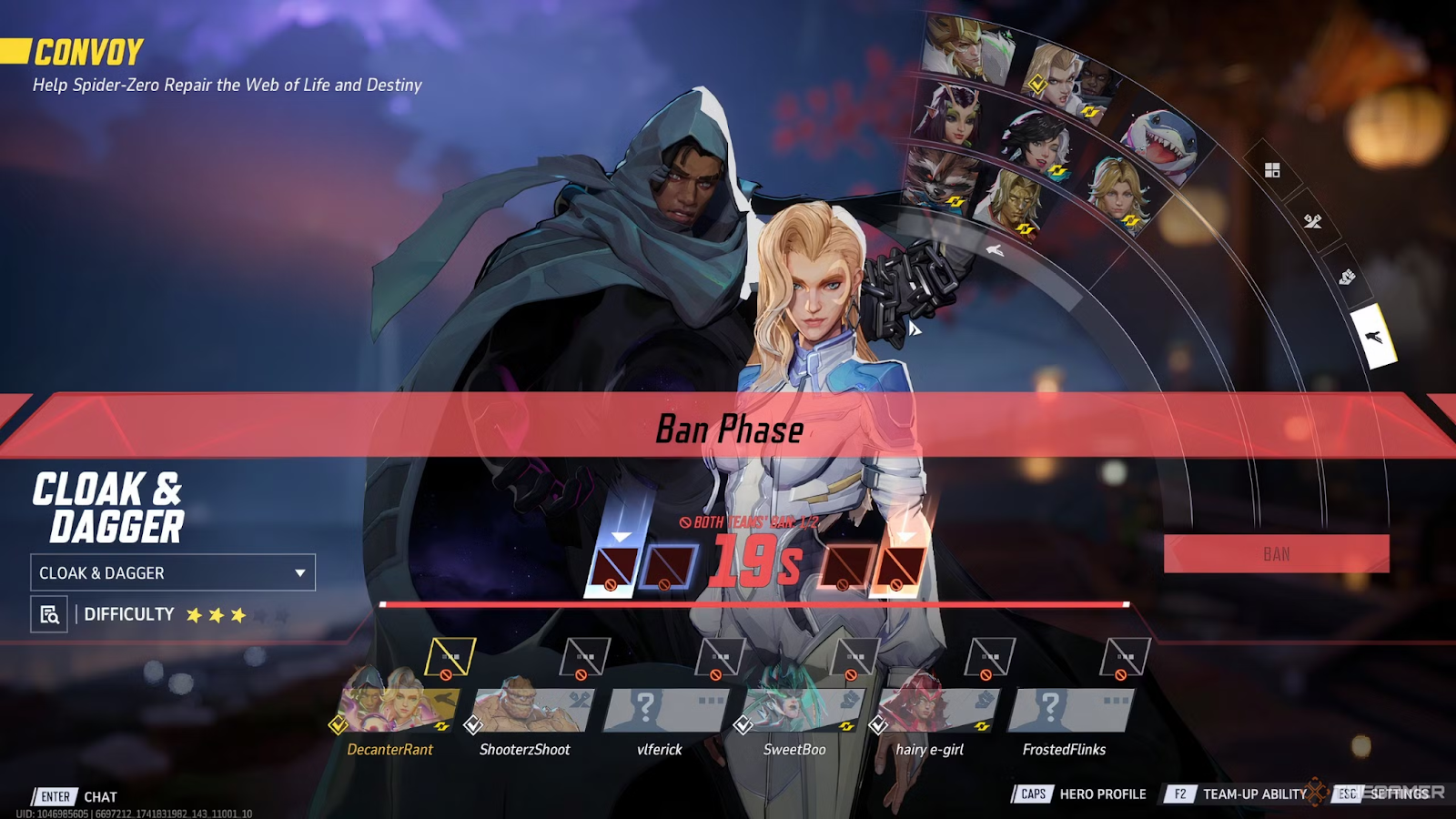
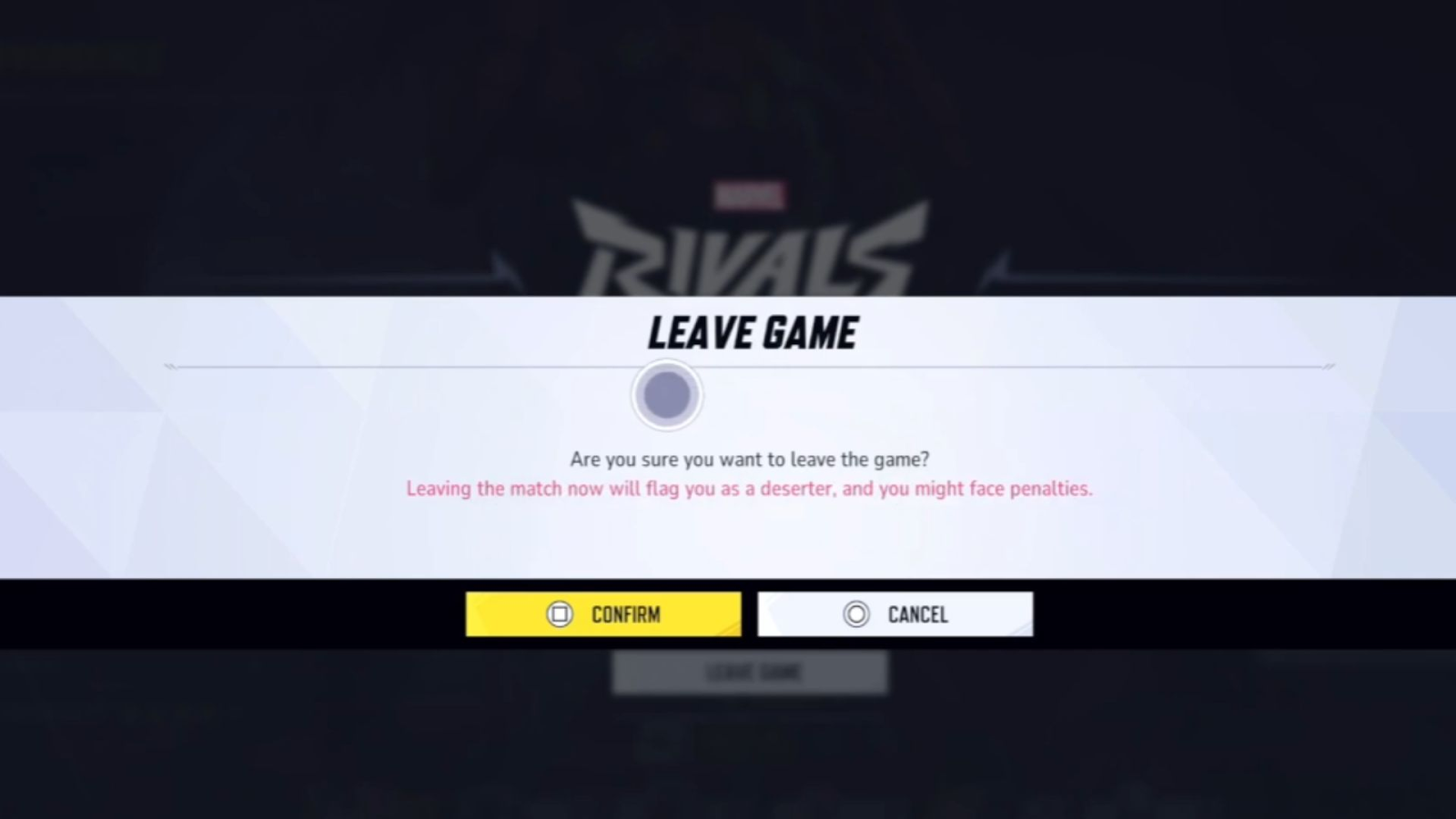
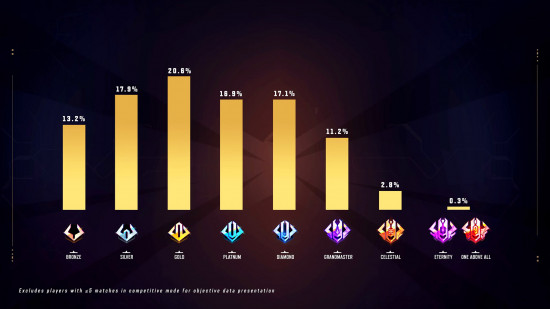
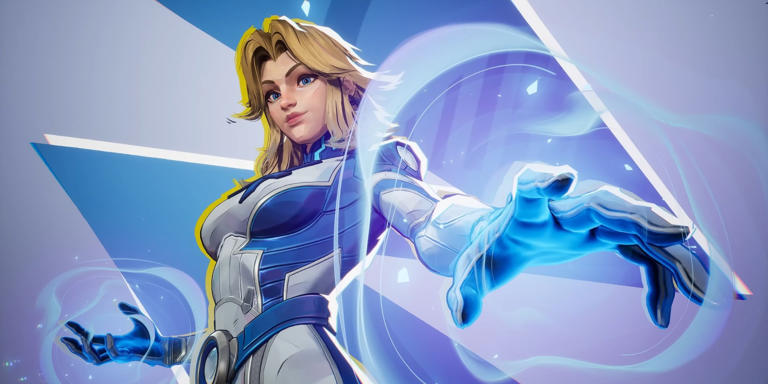
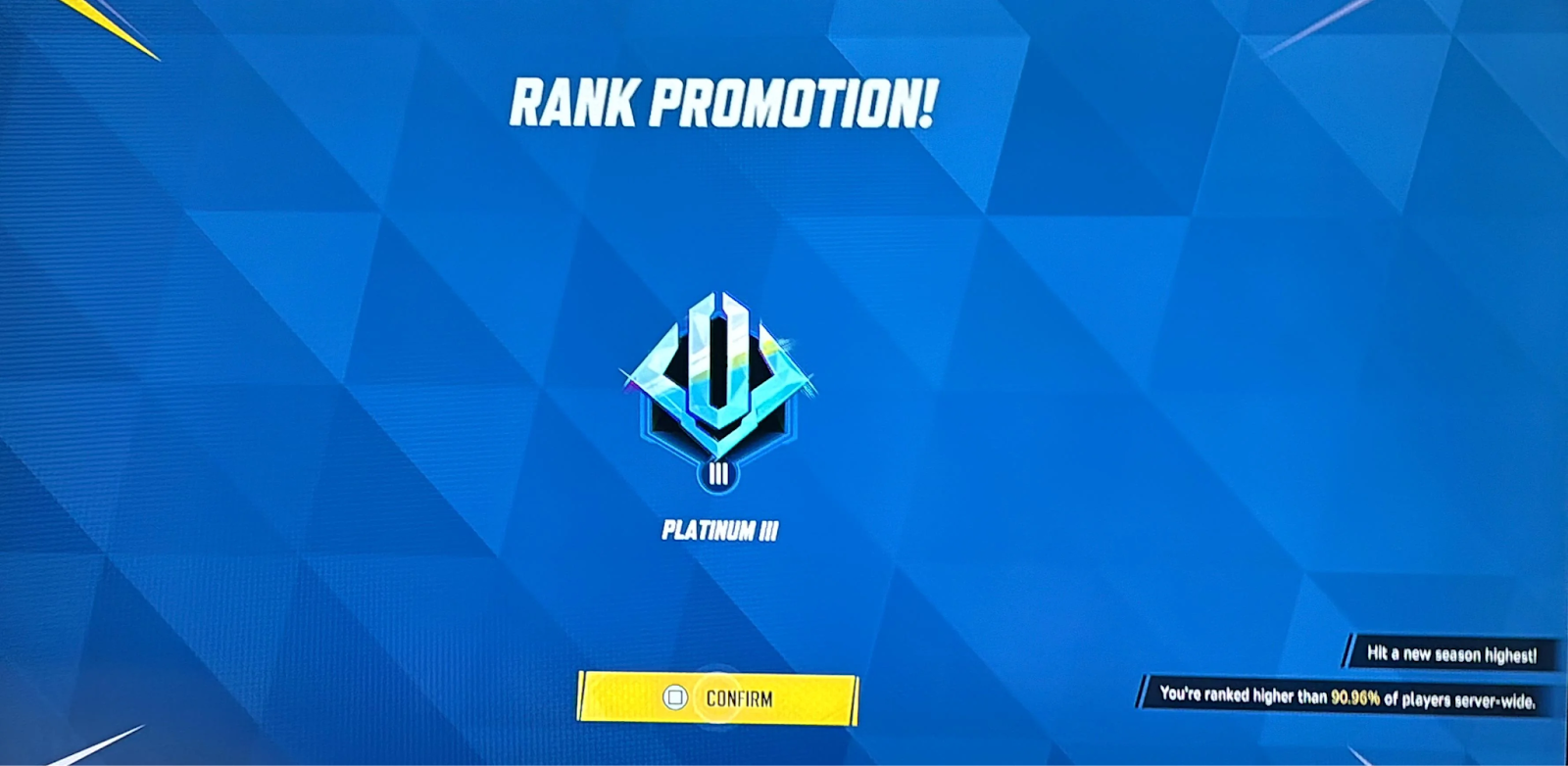
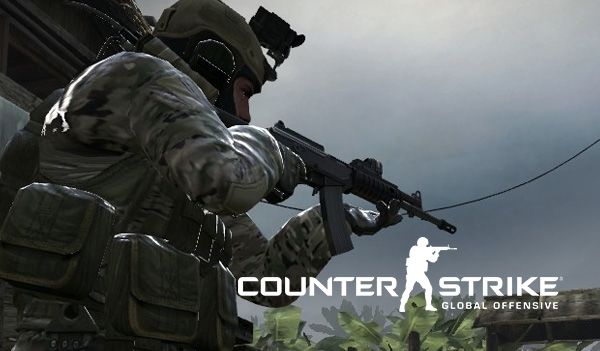
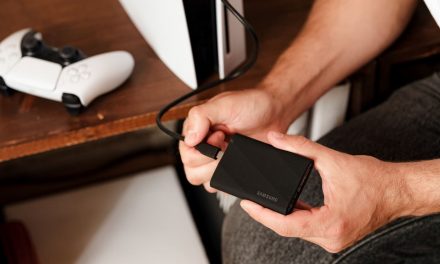

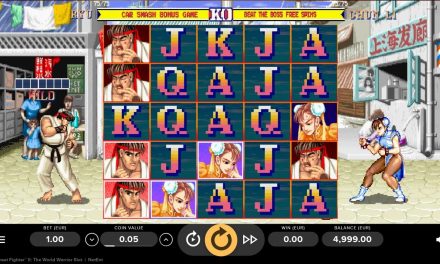



![[Leak] PS5 and PS5 Pro will have discounts of up to €150 this Black Friday](https://vgleaks.com/wp-content/uploads/2025/11/ps5_ps5_pro-150x150.webp)



